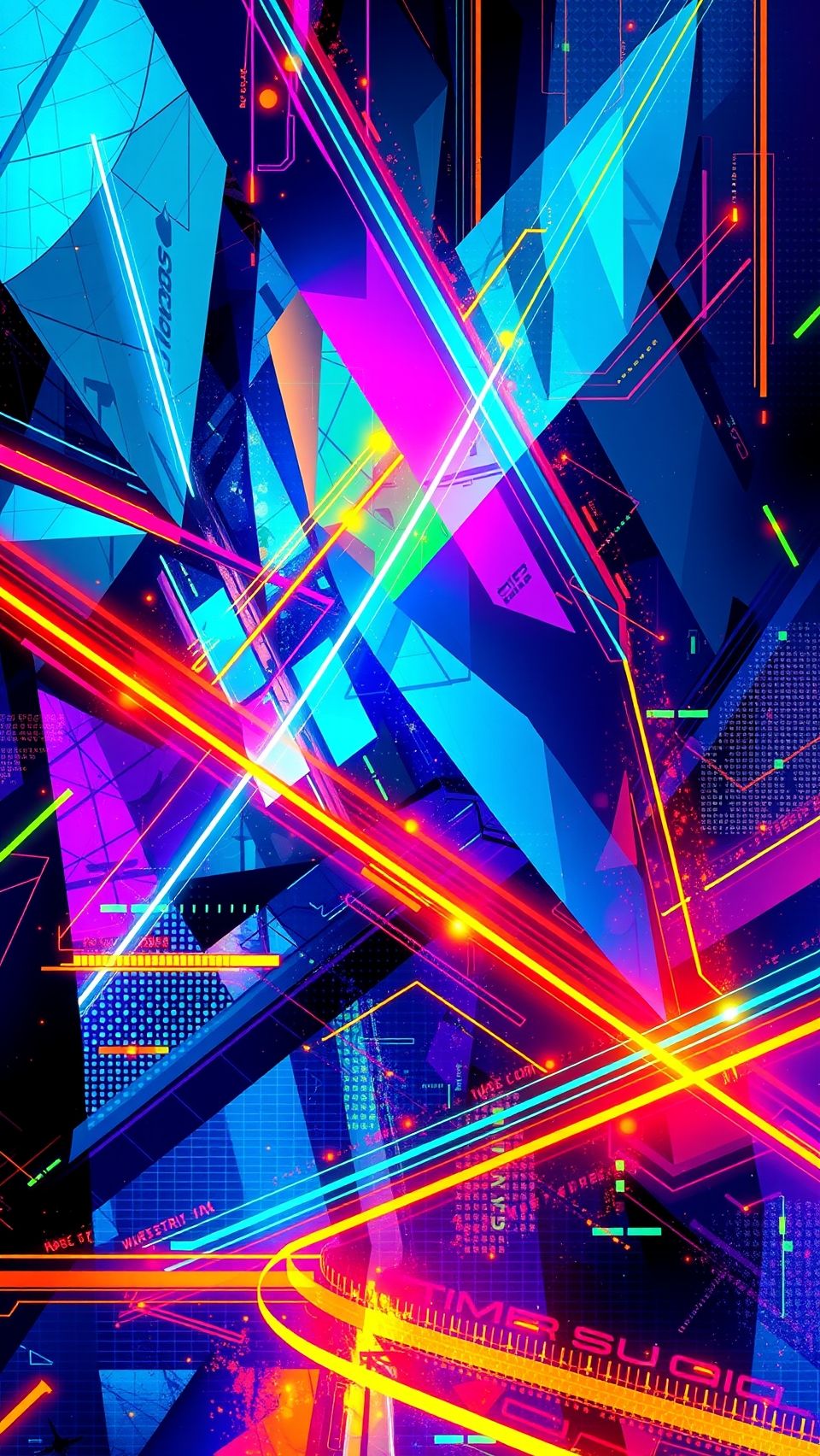25. April 2025
Openai Bolsters Ai Power With Groundbreaking Image Generation Capabilities

OpenAI has expanded the capabilities of its popular AI system ChatGPT by adding image generation functionality, a significant milestone that has thrilled developers and opened up new avenues for businesses to create innovative content. The gpt-image-1 model enables users to generate images through a conversational interface, creating over 700 million unique images in its first week alone.
This AI system has transformed the way developers and technology professionals create content, particularly with the integration of image generation into Adobe’s Express and Firefly apps. These creative tools now provide users with quick access to the AI model, allowing them to generate high-quality images in a matter of seconds.
Figma, a leading design and development tool, has also incorporated gpt-image-1 into its platform, enabling users to create and edit images, add or remove elements, and make other adjustments as needed. The addition of this feature underscores the versatility of AI-generated images in professional settings.
HeyGen, an AI-driven video creation tool, is leveraging gpt-image-1 to enhance its platform by implementing the model’s avatar creation capabilities. This partnership demonstrates how businesses can use gpt-image-1 to create innovative and high-quality content.
Other notable companies, such as Quora, have made gpt-image-1 their default image generation model, highlighting its potential for AI-powered image generation to revolutionize content creation processes across various industries. Canva is exploring ways to incorporate the model into its Canva AI and Magic Studio platforms, while GoDaddy plans to use it to make logo creation easier for its users.
However, concerns surrounding safety are being addressed by OpenAI’s implementation of integrated safety controls within the gpt-image-1 model. These controls restrict the model from creating harmful or sensitive imagery, ensuring that users can generate images without compromising their safety and well-being.
The pricing structure for gpt-image-1 is also worth considering. The model is priced per token, with tiers available for text input, image input, and image output processes. This pricing strategy allows developers to adjust their usage based on their specific needs and budget.
When broken down individually, this amounts to approximately $0.02, $0.07, and $0.19, respectively, for each generated image, although the actual price varies based on image quality and size.
As gpt-image-1 becomes increasingly popular, understanding its potential benefits and limitations is essential. With its affordability, versatility, and usability, this AI model is poised to revolutionize content creation processes across various industries. Whether you’re a business looking to enhance your creative capabilities or an individual seeking to explore new artistic avenues, gpt-image-1 offers a wealth of possibilities.
OpenAI’s decision to make the gpt-image-1 model available marks a significant milestone in the world of AI-powered image generation. As users around the globe begin to leverage this technology, it will be exciting to see how it transforms industries and shapes the future of content creation with its commitment to safety controls and affordability.